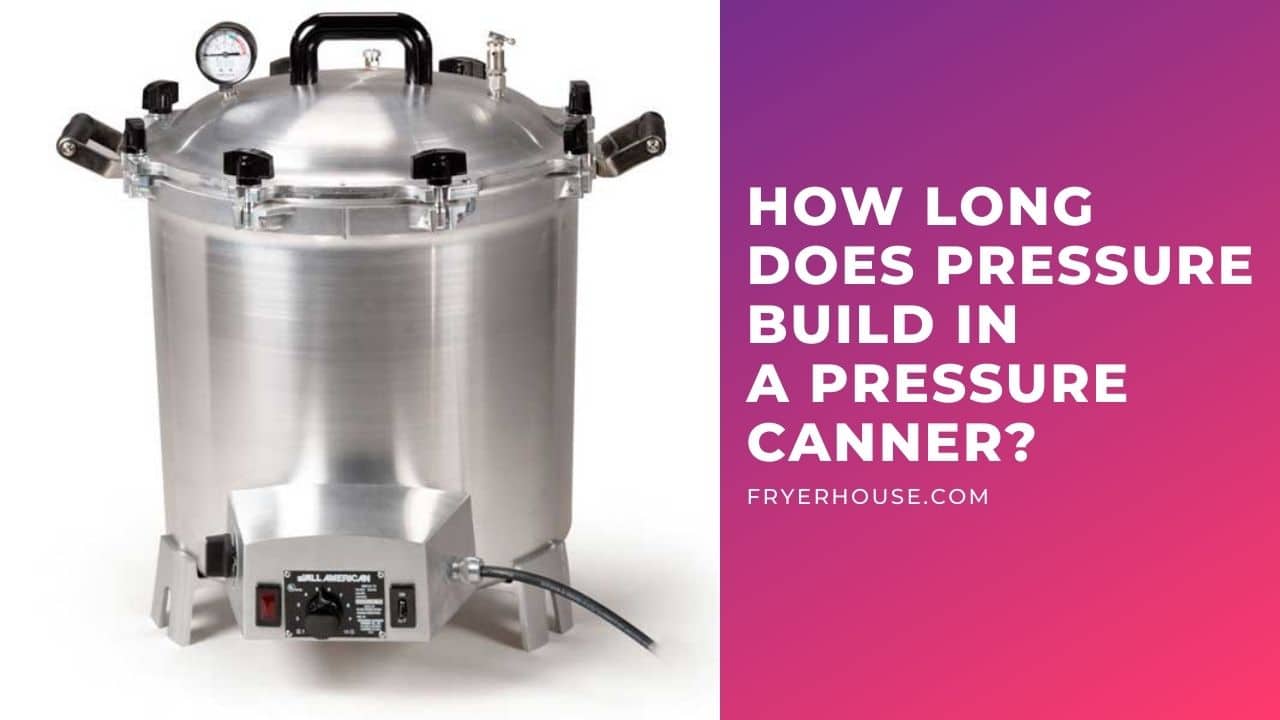
Before now, the only way to preserve foods was refrigeration. And when power goes out, a lot of food items, fruits, and veggies will get spoiled. Now, canning is another method of food preservation. As it is, a pressure canner has become a must-have in every home because of the benefits of canning.
Canning can preserve all food items for more than a year. The best part is that canning preserves all kinds of food in a ready-to-eat state. So, anytime you’re ready to eat, grab one or two jars of your favorite food, warm them, and your meal is set.
A pressure canner is able to can any kind of food, fruit, vegetable, and soup effectively. And people are curious to know how it works. For you to understand how it works, you must know the functions of its major components. So, we have explained the functions of all the major components of a pressure canner.
For a pressure canner to can food and kill bacteria spores, it requires adequate pressure and heat. If you take off the canner when it has not pressurized adequately, you may not get good results.
That’s why many users keep asking how long does it take a pressure canner to build pressure? We have given a detailed explanation right below.
How Long Does it Take Pressure to Build in a Pressure Canner?
Two factors that determine how long your pressure canner will pressurize are the amount of steam in it and the altitude of your location. Both of them work against pressure.
The more the air in the pressure canner, the longer it will take pressure to build up. That is why you must allow the canner to vent for about 10 -15 minutes before you set the regulator on the lid.
Venting simply means allowing steam to escape. On the other hand, the higher the altitude of your location the longer it will take pressure to build up in your canner.
In other words, if it takes your pressure canner about 5 minutes to build pressure at 1000 feet above sea level, it will take the same canner longer to build pressure at an altitude of 1200 feet.
Nevertheless, pressure builds up in 5-10 minutes after venting. Now let’s do the mathematics. It takes 10-15 minutes to vent and 5-10 minutes to pressurize. So, we can say that it will take your pressure canner about 15 – 25 minutes to pressurize.
Why isn’t my pressure canner building pressure?
There are several reasons why pressure isn’t building in your pressure canner. Here are some of them.
- The water in the pressure isn’t enough – If the water in the pressure canner isn’t enough, there’ll be little or no steam, and pressure requires steam to build up. In this case, you need to add more water.
- Leaking seal – If the pressure canner is not properly sealed, air and steam will escape through the points of leakage instead of going out through the release valve. In this case, pressure will not build up. To fix it, you must look for the leaks and seal them.
- Overfilling the pressure canner – If there are too many jars of foods in your pressure canner, there’ll be inadequate space of air to circulate, and it will take a longer time for pressure to build up. The solution to this problem is to remove some of the jars. It is better to can your jars of foods in multiple batches.
How do I know if my pressure canner is working?
If your pressure canner isn’t working, pressure will not build up in it. Remember, as pressure begins to build up, the regulator of the pressure canner will also start dancing or rocking. If 5 minutes after the steam has escaped, the regulator of your pressure canner does not start dancing, it is a sign that your pressure canner isn’t working.
On the other hand, if the regulator is rocking, your pressure canner is working, and pressure is gradually building up in it.
Can I leave jars in my pressure canner overnight?
Yes, as long as you have removed the pressure canner from the stove, you can leave jars in it overnight. This will have no effects on canned foods. However, we don’t advise that you leave the jars in the canner overnight. Once it has been canned, remove the jars and seal them. Wait until they cool off before you store them.
What happens if I put too much water in my pressure canner?
If you put too much water in your pressure canner, it will take a longer time to can your foods. The more the water, the longer it will take your pressure to convert the water to steam, and the longer it will take all the steam to escape before pressure starts to build up. So, the water level can get to 2 or 3 inches.
How often should my pressure canner jiggle?
The jiggling of a pressure canner indicates that the canner has pressurized. If you don’t turn down the heat, the pressure will get too high. So, when your pressure canner jiggles about 1 – 4 times in a minute, it means the pressure in the canner has reached the expected level. Letting it go higher could take its toll on the quality of your canning.
How tight should the band be when canning?
The band should be airtight and watertight. Turn it clockwise until you feel a little resistance. After that, turn it a quarter more with more force. This is necessary to keep air out of it. Remember, bacteria spores are airborne. Once air gets into the jars, the food will be infested with bacteria spores that will continue to grow. And this can make the food rot within a short period.
Final Word
To enjoy your canned foods, you need to store the jars in a first-in-first-out (FIFO) format. This means that you should store the jars in a manner that will allow you to eat up the food in the first canned jars first and the food in the last canned jars last.
Remember to allow your canner to vent. When you cover it with the lid, don’t set the regulator on it yet. Allow the steam to escape through the opening on the lid for about 10-15 minutes. After that, you can set the regulator. If you don’t allow it to vent, it may take a very long time to pressurize.
- Make These 10 Delicious Appetizers in Your Air Fryer - September 22, 2023
- How to Cook Lamb Shoulder Chops in Air Fryer? - September 13, 2023
- How to Cook Crinkle Fries in Air Fryer? - September 13, 2023

